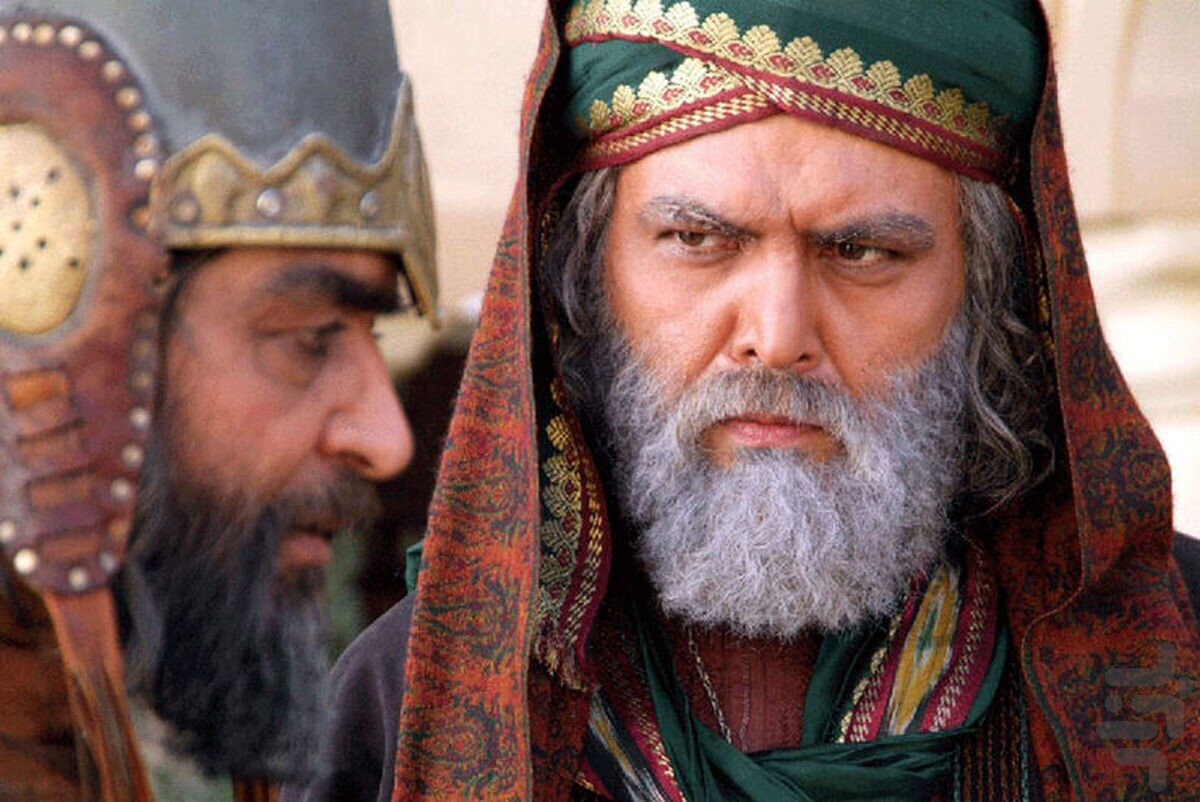Portrayal of Ashura through the lens of Iranian cinema: Part 7

TEHRAN – “Mokhtarnameh” by Davud Mirbaqeri can be considered as the greatest television project in the history of Iranian television to this day.
The 40-episode series is about an uprising organized by Mokhtar Thaqafi after the events of Ashura, the 10th of Muharram in 680 CE, to take revenge against the killers of Imam Hussein (AS) and his companions.
IRIB’s Channel 1 aired the serial, which was made over a period of eight years, during June and July 2011.
“Mokhtarnameh” is based on a true story and was created according to historical documents. Five years after the tragedy of Ashura, Mokhtar Thaqafi rises up, uniting the Shiites against the Umayyad government, and brings justice to those who had any involvement in the events of Karbala.
The journey of Mokhtar, from a self-interested individual to a righteous fighter, is the essence of the series.
At the beginning of the story, Imam Hassan (AS), who is injured in the battle against Mu'awiya, the first caliph of the Umayyad Caliphate, seeks refuge in the house of Mokhtar’s uncle.
Mokhtar, upon seeing the situation, proposes to hand Imam Hassan over to Mu'awiya in order to gain financial and political support.
However, as events unfold and Mokhtar witnesses the oppression and tyranny of Mu'awiya, Yazid, and Ibn Ziyad, he gradually leans towards the truth.
He is imprisoned by Ibn Ziyad for supporting Imam Hussein (AS) until the time when Imam Hussein (AS) is martyred and Mokhtar was unable to accompany him.
Mokhtar decides to seek revenge against the murderers of Imam Hussein (AS), which ultimately leads to a revolution and social change, aiming to overthrow the Umayyad government.
Mokhtar uses every means possible to achieve his goal, from making peace with some enemies to confronting Abdullah ibn Muti, his childhood friend.
In the end, Mokhtar succeeds in bringing the killers of Imam Hussein (AS) to justice, although he himself is martyred by the al-Zubayr troops.
One of the prominent features of “Mokhtarnameh” is the extensive and in-depth research conducted on historical and Islamic texts, upon which the screenplay is based.
The characters in the series each have their own identity, and it seems that the writers have a good understanding of them, carefully considering their personal development in accordance with the historical events they were involved in.
Although this may be a weakness for a dramatic performance that also aims to entertain the audience, “Mokhtarnameh” appears more like an illustrated history book.
The director and writers have put all their efforts into infusing the series with intense drama. However, occasionally, it veers towards being overly historical, somewhat diminishing the allure of the work.
One of the elements that the writers have used to make the story more engaging is the reconstruction of scenes related to the events of Ashura. These scenes have a strong impact on the Iranian audience due to their religious significance.
Another influential factor in the strength and power of the “Mokhtarnameh” screenplay is the proper infusion of content and moral themes into the story.
Although Mokhtar undergoes a personal transformation, characters like Ibn Sa’ad, Shimr, Ibn Ziyad, and Abdullah ibn Zubayr represent despicable qualities that stand against righteousness, while characters like Maytham al-Tammar, Ibrahim ibn Malik al-Ashtar, and Muslim ibn Aqil embody desirable qualities that stand against evil.
From this perspective, “Mokhtarnameh” becomes a timeless and placeless work. At any time and in any era, the lust for power can manifest itself in the appearance of Ibn Sa’ad, even in any place, opportunism can lead Shimr to murder Imam Hussein, and anytime, the greed for power can manipulate the truth in the form of Abdullah ibn Zubayr, destroying the values of society.
And at any time and era, the pursuit of righteousness and faith can stand against hypocrisy and deception, as demonstrated by Maytham al-Tammar and Ibrahim ibn Malik al-Ashtar.
These are among the elements that Mirbaqeri directly and openly addresses and are evident in “Mokhtarnameh”.
In “Mokhtarnameh”, if there is a neutral and unidentified character, they appear as a soldier of oppression, even for the soldiers of oppression, special characterizations have been made.
For example, Amr ibn Hurayth, the commander of Ibn Ziyad's military, is one of them. It can be said that no character is left unattended in the series, and each one is well developed to play their role in the strongly influenced historical narrative.
To be continued
Photo: A scene from “Mokhtarnameh”
ABU/
